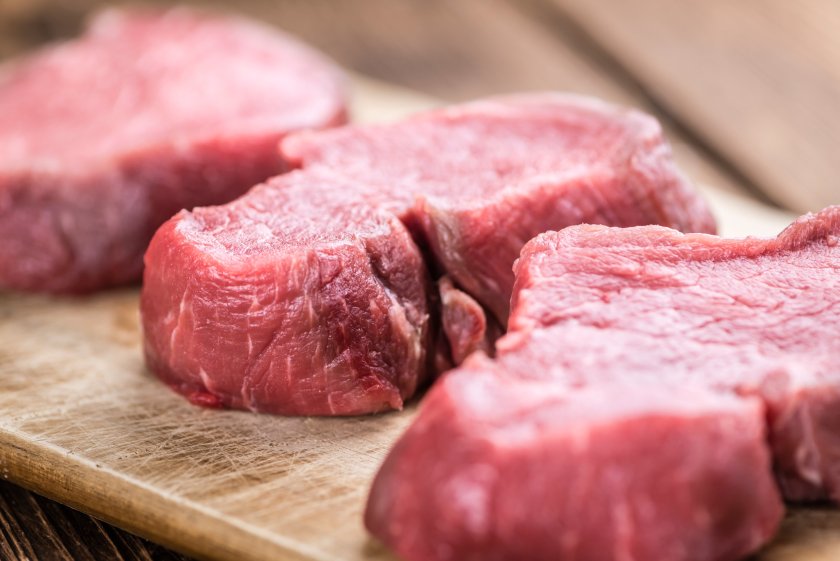
Consumer spending on red meat surged to a record £656m in the month leading up to Christmas, marking a significant 9.6% rise compared to 2022.
The red meat market experienced a gradual growth trend in the lead-up to Christmas, with a surge in sales during the final week, accounting for approximately 35% of total sales over the four-week period.
This remarkable growth defied the challenges of price inflation, indicating a notable shift in household spending towards red meat products.
While price inflation played a central role in this marked growth in spend, increased volume sales also contributed, with a 2% year-on-year increase, reversing the decline seen at Christmas 2022.
Sausages, lamb, and beef were the top contributors to the overall volume increase, with lamb notably rebounding from a sales slump in 2022 with a year-on-year volume growth of 12%.
Responding to the figures, published by Nielsen, Quality Meat Scotland (QMS) noted that the outstanding performer within the fresh lamb category was the lamb leg.
“It’s great to see lamb recovering from the impacts of price inflation and the perception that it is an expensive protein which had been dampening sales," said Abby Tong, category specialist at QMS.
Beef continued to dominate the red meat category, with volume sales rising by 2.1% year on year. Sales growth was primarily driven by beef roasting joints, with burgers and meatballs contributing a small share.
In contrast, pork saw a decline in volume sales, dropping by 4.2% as past price increases still resulted in significant year-on-year price inflation. GB pork production has also fallen sharply this year, limiting availability.
Festive centrepieces such as beef roasting joints and lamb leg roasts saw substantial increases in volume, up 11.7% and 18.7%, respectively.
Traditional favourites, like pigs in blankets, saw a surge in volume attributed to increased pack sizes and reduced average prices per kilo.
“Beef roasting joints and lamb leg roasts average prices were 3-4% lower than the previous year, which may, in part, explain the volume rises,” added Ms Tong.
“Gammon joints were significantly cheaper than beef roasts and lamb legs, but volumes sold over the holidays were down 1.8% on the previous year, so price is not the only factor.”
Spend on fresh red meat in Scotland also demonstrated robust growth, with an 8.5% year-on-year increase in the four weeks leading up to Christmas.
The volume of red meat purchased also experienced a healthy rise, increasing by 2.6%, although it remained 0.9% behind the 2021 level.
“Beef and sausages played crucial roles in driving the overall volume increase,” said Ms Tong, “While lamb recorded a more modest increase of 0.5%.”
“Fresh beef volume sales in Scotland were up 3.7% on 2022 figures while continuing significant year-on-year price inflation meant that fresh pork volume sales were down 3.4%.”
Across Scotland, beef roasting joints were the centrepiece of many Christmas tables with volume sales soaring by an impressive 12%.
Lamb legs also experienced growth, as sales increased by 8.4%, while gammon joints gained volume growth of 4.3%. However, in contrast to GB as a whole, pigs in blankets lost volume, down 3.6% in Scotland.
“A distinctive aspect of the Scottish market was the importance of beef steaks during Christmas," Ms Tong explained.
"A volume share of 6.4% of total red meat sales equalled that of beef roasts and was a higher share than in GB as a whole, where roasts were still preferred to steaks.
"The volume of beef steaks sold increased by 2.3% year-on-year in Scotland.”
